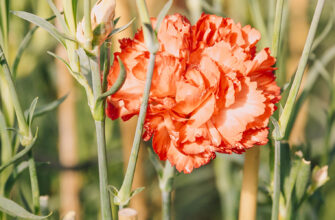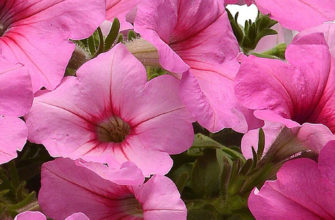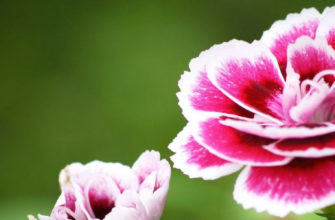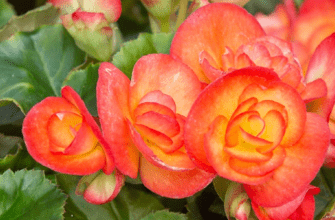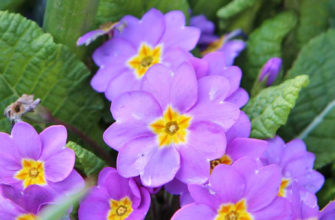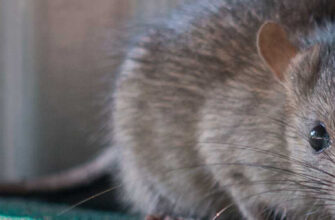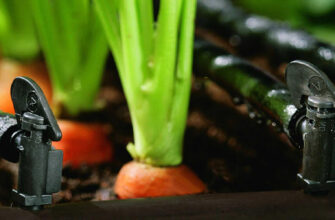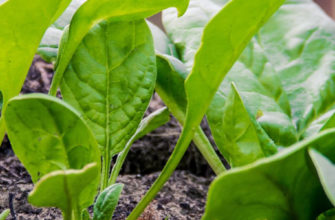It turns out that flowering plants can do more than just decorate your garden or windowsill. Vibrant blossoms can serve as a stunning garnish for desserts, salads, cocktails, and other dishes. Beyond their aesthetic appeal, edible flowers add a unique aroma and significant health benefits to simple dishes. In this article, we will explore which flowers are edible, how to use and store them properly, what allergens they may contain, and where they are best applied.
- History of Edible Flowers
- Benefits and Risks of Edible Flowers
- Allergens in Edible Flowers
- Edible Flowers in Cooking
- Popular Recipes with Edible Flowers
- Storing Edible Flowers
- Cultural Context of Edible Flowers
- Which Flowers Are Edible
- Edible Flowers of Spices and Vegetables
- Safety and Precautions
- Flowers That Cannot Be Eaten
History of Edible Flowers
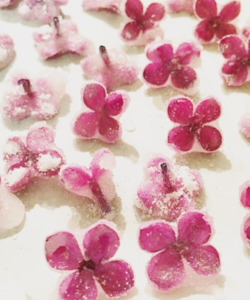
Since ancient times, chefs have adorned their dishes with flowers to delight kings and emperors. Decorating with flowers was highly popular back then. However, a flower’s beauty and fragrance don’t always mean it’s safe to eat. Often, the most vibrant flowers are toxic, so new culinary innovations were tested on court servants. Unfortunately, there were failed experiments, and one can only imagine the cost of such mistakes in those times.
In China, the peak of edible flower popularity is attributed to the Tang Dynasty (618–907 CE), when women consumed flowers to preserve youth. During the Renaissance (15th–17th centuries), people began eating primroses stewed or turned them into rose water. Clove petals were a key ingredient in Chartreuse liqueur, crafted by monks. During Queen Victoria’s reign (1837–1901), candied violets were particularly popular in sweets and teas.
Today, edible flowers are experiencing a resurgence in popularity. Professional farms now cultivate edible flowers, and Michelin-starred chefs actively use them to create unique dishes. For example, in Japan, chrysanthemum petals are added to sake for a subtle aroma, while in Mexico, a refreshing drink called jamaica is made from dried hibiscus flowers.
Benefits and Risks of Edible Flowers
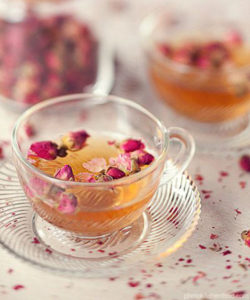
Edible flowers are powerful antioxidants that help remove toxins from the body and possess anti-tumor properties. They are virtually calorie-free, making them ideal for those looking to lose weight or follow a healthy diet. For instance, chamomile tea is prescribed for gastritis, while dandelion supports rheumatism patients and improves liver function.
However, like any food, edible flowers may cause individual intolerance. People with allergies or chronic conditions should consult a doctor before consuming them. Some flowers, such as lavender or elderflower, may cause drowsiness or stomach irritation if overconsumed.
Allergens in Edible Flowers
Edible flowers may contain allergens, especially for individuals sensitive to pollen or certain plant compounds. Examples include:
- Chamomile: May cause allergic reactions in people sensitive to plants in the Asteraceae family, such as ragweed or chrysanthemum.
- Dandelion: Contains latex, which may cause skin irritation or allergies in sensitive individuals.
- Nasturtium: Its spicy flavor may irritate mucous membranes in people allergic to mustard-family plants.
- Lavender: Rarely, it may cause allergic dermatitis or respiratory reactions when inhaling its strong aroma.
To minimize allergy risks, start with small amounts and monitor your body’s response. Avoid consuming flowers collected in the wild, as they may be contaminated with pollen from other plants. Allergy sufferers should consult a doctor and consider an allergy test before consumption.
Edible Flowers in Cooking
Edible flowers are the ultimate dish decoration. Pastry chefs adorn cakes and pastries with fresh or candied flowers. A vibrant flower in a glass of sparkling wine or a refreshing beverage looks striking.
Flowers are used to make jams, herbal teas, and tinctures, with their delicate petals serving as seasonings for soups, meats, or fish. Adding edible flowers to a salad imparts a unique, mild flavor and an exclusive presentation.
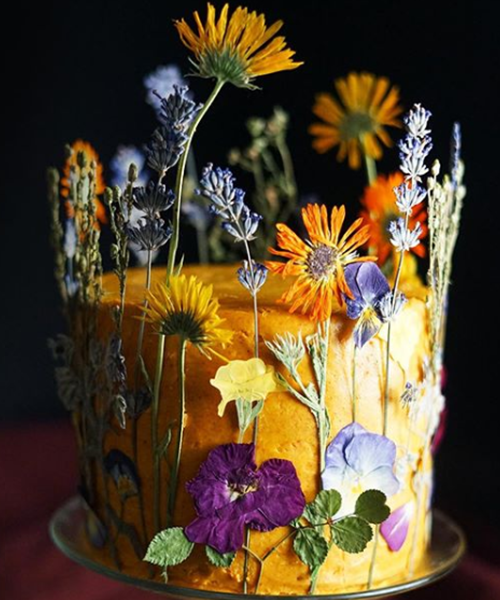
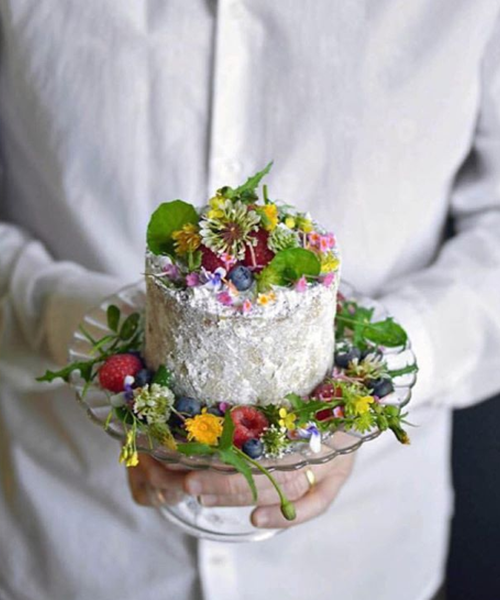
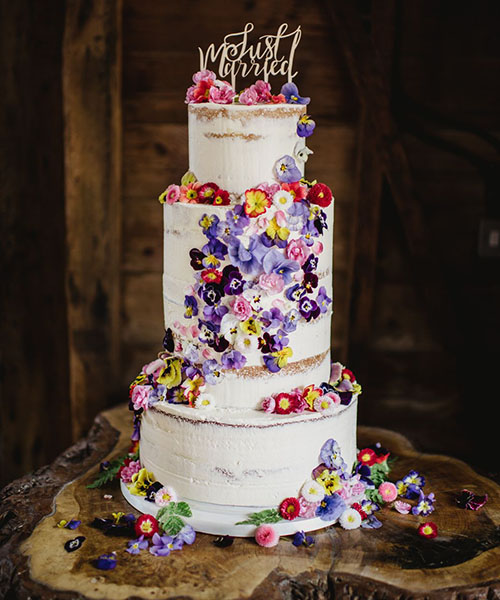
Popular Recipes with Edible Flowers
- Rose Petal Jam
Ingredients:- 200 g fresh rose petals (without bitter calyxes)
- 500 g sugar
- 200 ml water
- Juice of 1 lemon
Preparation: - Rinse rose petals in cold water and pat dry.
- In a saucepan, combine water and sugar, bring to a boil to form a syrup.
- Add petals and simmer on low heat for 20 minutes, stirring occasionally.
- Add lemon juice 5 minutes before finishing for flavor balance and preservation.
- Pour jam into sterilized jars, seal, and store in the refrigerator.
Serving: Use as a spread on toast, pancakes, or as a filling for pastries.
- Nasturtium Salad
Ingredients:- 50 g nasturtium petals
- 100 g arugula
- 150 g cherry tomatoes
- 2 tbsp olive oil
- 1 tsp balsamic vinegar
- Salt and pepper to taste
Preparation: - Rinse nasturtium petals and arugula, pat dry.
- Halve cherry tomatoes.
- Combine all ingredients in a bowl, add olive oil, balsamic vinegar, salt, and pepper.
- Gently toss and serve as a light side dish or standalone salad.
- Hibiscus Tea (Jamaica)
Ingredients:- 20 g dried hibiscus petals
- 1 L water
- 3–4 tbsp honey or sugar (to taste)
- Juice of half a lemon
Preparation: - Boil water, add dried hibiscus petals.
- Simmer on low heat for 5–7 minutes, then remove from heat and let steep for 10 minutes.
- Strain, add honey or sugar and lemon juice.
- Serve hot or chilled with ice.
Storing Edible Flowers
Proper storage of edible flowers preserves their flavor, aroma, and beneficial properties. Here are some methods:
- Drying: Petals of flowers like roses, lavender, or chamomile can be dried in a dark, well-ventilated area. Spread petals in a thin layer on clean cloth or paper, avoiding direct sunlight to preserve color and aroma. Store dried flowers in airtight containers in a dry place for up to 6 months. For example, rose petals are perfect for teas or as a dessert seasoning.
- Freezing: Fresh petals, such as nasturtium or violets, can be frozen for use in drinks or as decor. Place petals in ice cube trays, fill with clean water, and freeze. These floral ice cubes add elegance to cocktails or lemonades.
- Candying: Petals can be candied for long-term storage. Brush petals (e.g., violets or cloves) with egg white, sprinkle with sugar, and dry in an oven at low temperature (40–50°C). Store candied flowers in airtight containers for up to 3 months.
Cultural Context of Edible Flowers
Edible flowers have a centuries-long history of use across cultures, adding uniqueness to modern cuisine.
- In Japan, chrysanthemum petals (Shungiku variety) are added to sake for a delicate floral aroma and used in desserts, fried with sugar and served with ice cream.
- In Mexico, hibiscus (known as jamaica) is the base for a popular refreshing drink made with dried petals, sugar, and lemon.
- In France, lavender is a key ingredient in Provençal cuisine, added to honey, jams, and even meat dishes for a refined flavor.
- In India, rose petals are used to make a sweet syrup called gulkand, added to desserts and drinks for a refreshing effect.
Modern culinary trends also highlight the popularity of edible flowers. In Michelin-starred restaurants, chefs use flowers to create visually stunning dishes. For example, in Europe and the USA, nasturtium or cornflower petals are often added to salads and appetizers to emphasize their uniqueness. Flowers are also used in molecular gastronomy, frozen in liquid nitrogen or incorporated into foams and gels.
Which Flowers Are Edible
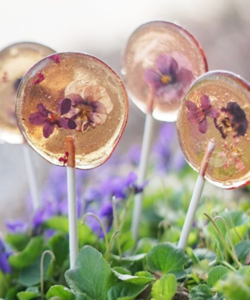
- Pansies (Viola): Sweet, minty flavor with a herbaceous aroma. Used whole for decorating soups, salads, or candied for cakes and cupcakes.
- Marshmallow (Althaea): Light herbaceous aroma, petals add freshness to meat or fish garnishes.
- Acacia: White and yellow acacia flowers are used in baking, salads, jams, and wine.
- Balsam: Sweet flowers for cocktails, desserts, and candying.
- Marigolds (Tagetes): Light citrus note, a saffron substitute. Petals are used for fish, poultry, desserts, and tinctures.
- Elderflower: Sweat-inducing properties, dried flowers added to teas and pie dough for an almond-like aroma.
- Cornflower: Sweet petals with a spicy aroma for garnishes and natural dyes.
- Lemon Verbena: Small flowers with a citrusy aroma for teas and desserts.
- Garden/Turkish Clove: Sweet petals for Chartreuse liqueur and desserts.
- Hibiscus: Petals added to hot drinks like jamaica tea, used sparingly due to tartness.
- Gladiolus: For decorating cakes, garnishes, snacks, or stuffing.
- Edible Honeysuckle: Flowers with a honey-like aroma; berries are toxic.
- Calendula: Petals resemble saffron, added to soups, salads, and liqueurs.
- Red Clover: Sweet flavor with a licorice note, for candying.
- Lavender: Honey-like flavor, for marinades and desserts, used sparingly to avoid a soapy taste.
- Daylily: Laxative and diuretic properties, petals added to salads, soups, or stuffed.
- Daisy (Perennial): Bitter flowers, used only for decoration.
- Monarda (Bergamot): Minty aroma, for cocktails.
- Nasturtium: Spicy-sweet flavor, for salads, with seeds pickled as capers.
- Evening Primrose: Sweet young flowers, bitter when overripe.
- Anise Hyssop: Anise-like aroma, for meat, salads, and cheese.
- Dandelion: Young flowers for jelly, honey, and wine.
- Oxalis (False Shamrock): For salads and desserts, a potato alternative.
- Orchid: Candied for desserts, served with cheese and truffles.
- Pelargonium (Geranium): Lemon-like aroma, for yogurts, ice cream, and tea.
- Peony: A delicacy in China, for tea, cocktails, and snacks.
- Primrose: Sweet flowers for pickling, wine, and garnishes.
- Rose: Sweet petals with minty notes, for jams, teas, and ice cream.
- Chamomile: Sweet aroma, for teas, but caution for allergy sufferers.
- Lilac: Sharp citrusy aroma, for garnishes and desserts; avoid wild lilac.
- Tulip: Cucumber-like flavor, for salads, desserts, and baking.
- Chrysanthemum: For desserts, sake, or fried petals with ice cream.
- Violet (Tricolor): Mild flavor, for desserts, soups, and sugar flavoring.
- Fuchsia: For decorating desserts and salads.
- Hollyhock (Malva): Tender petals for snacks, garnishes, and desserts.
Edible Flowers of Spices and Vegetables
Flowers of vegetable crops and spices share the flavor of their fruits and can be a highlight in dishes:
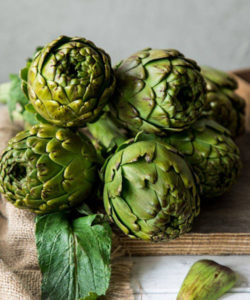
- Anise: Flowers added to meat, fish, and salads in small amounts.
- Artichoke: Edible calyx, walnut-like flavor, for pickling and stuffing.
- Basil: Flowers for spaghetti, salads, soups, and sauces.
- Borage (Cucumber Herb): Cucumber-like flavor, for okroshka, drinks, and salads.
- Pea: Flowers and tendrils for meat and vegetables, similar to green peas.
- Chervil: Anise-like flavor, for main dishes and sweets.
- Coriander (Cilantro): Tender flowers for various dishes.
- Onion and Garlic: Flower heads for pickling, resembling wild garlic.
- Mint: For mojitos, teas, and ice cubes.
- Oregano: For pairing with other spices.
- Sunflower: Steamed buds, edible petals.
- Radish: Peppery aroma, for salads.
- Rosemary: Mild flavor, for meat, fish, and potatoes.
- Arugula: Spicy flowers, for salads in small amounts.
- Thyme: For tomato sauces, grilling, and baking.
- Squash (Zucchini): For frying, baking, and stuffing.
- Dill: For salads, soups, and fish.
- Sage: For rice, eggs, meat, and fish.
- Saffron: For rice, cheeses, and sausages.
- Fennel: Licorice-like flavor, for dishes.
Safety and Precautions
Use only flowers grown at home or on specialized farms, as store-bought flowers are often treated with pesticides, which can cause poisoning. Avoid collecting flowers near roads or industrial areas due to contamination. Only fresh or properly dried flowers are edible. Remove bitter parts (calyxes, stamens), such as in cloves or cornflowers, before consumption. Verify the edibility of flowers using reliable sources and avoid experimenting with unknown plants.
Flowers That Cannot Be Eaten
It is strictly forbidden to consume flowers of nightshade plants (potatoes, eggplants) or the following: indoor violets, hydrangea, lily of the valley, narcissus, sweet pea, rhododendron, euphorbia, autumn crocus, steppe almond, wisteria, brugmansia, buttercup, oleander, wolfberries, belladonna, poison hemlock, barberry, colchicum, foxglove, and Christmas rose.
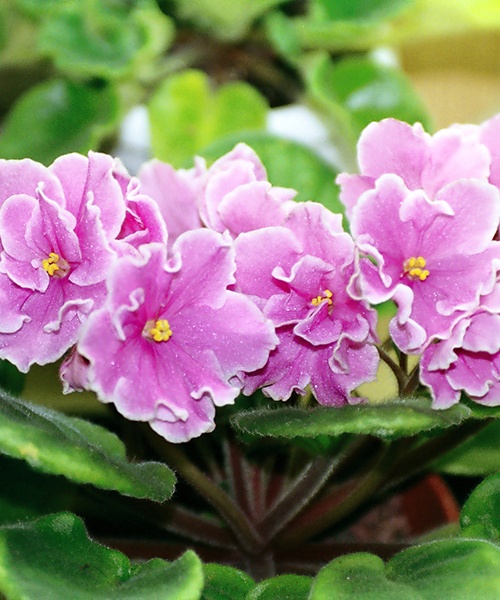
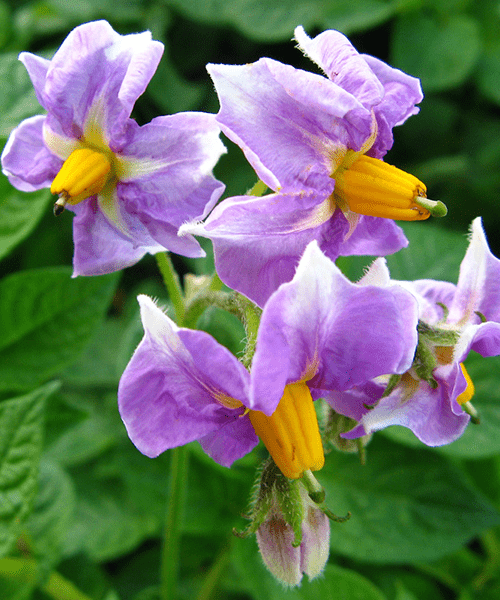
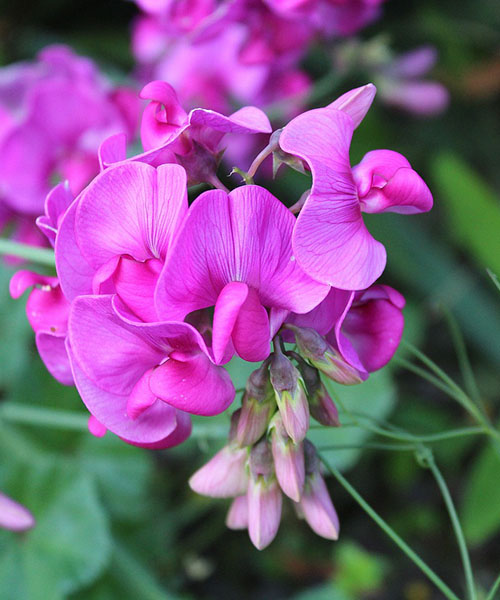
Have you tried eating flowers or decorating your dishes with them?
If you have found a spelling error, please, notify us by selecting that text and pressing Ctrl+Enter.

